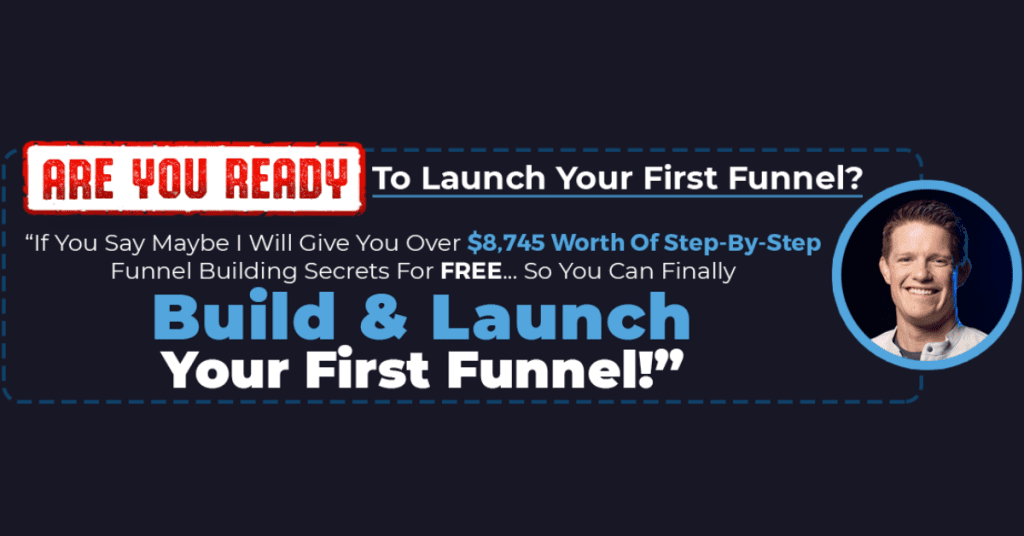The basis of a business is to have the best product and service. But if you are not able to sell it, or your landing page is not converting well, you are not going to make any good money.
A landing page is used by marketers to sell more products online. Compared to a website, a landing page is designed for the best conversion. However, not every landing page works well.
This is why today we are sharing the five tips to build a high-converting landing page.
Important Tips For Landing Page Measuring Conversion Rate (Accurately)

Before you start, you need to know what contributes to the high-converting landing page and how you can measure the success of your landing page.
The measurement of conversion rate includes your business ROI(return of investment), CPA(cost per acquisition), CTR(click-through rate), LTV(lifetime value) and so on.
There are so many metrics in a landing page that you can measure and improve. If you want to measure and optimize all at the same time, it might be difficult to get a good result as you are sometimes unsure of what works.
How are you measuring conversions?

When we talk about conversion rate, it can be
- How many people enter their contact details and submit the form
- The clickthrough rate on the CTA button
- Order completion on the sales page
- Bought on your upsell page
How big is Your Sample Size
When you want to test and optimise your page, you need to know whether is do you have enough samples to conclude. If you are making the decision based on 100 visits only, your test result may not be that significant. Try to get more sample data like 1000 or 10000 to conclude your test result.
Run Split Test on your landing page
When you are running a split test, you want to know what works and what’s not. For example, if you are testing your headline, you only test it. You don’t test your headline, colour, CTA button, or sales copy all at once. Only by testing one by one, you can know which elements contribute to the improvements. Be patient and never conclude too soon as your result may not be that significant.
Now, let’s move on to the 5 tips for creating high-converting landing pages with ads.
1. Map Out Your Landing Page Sales Funnel
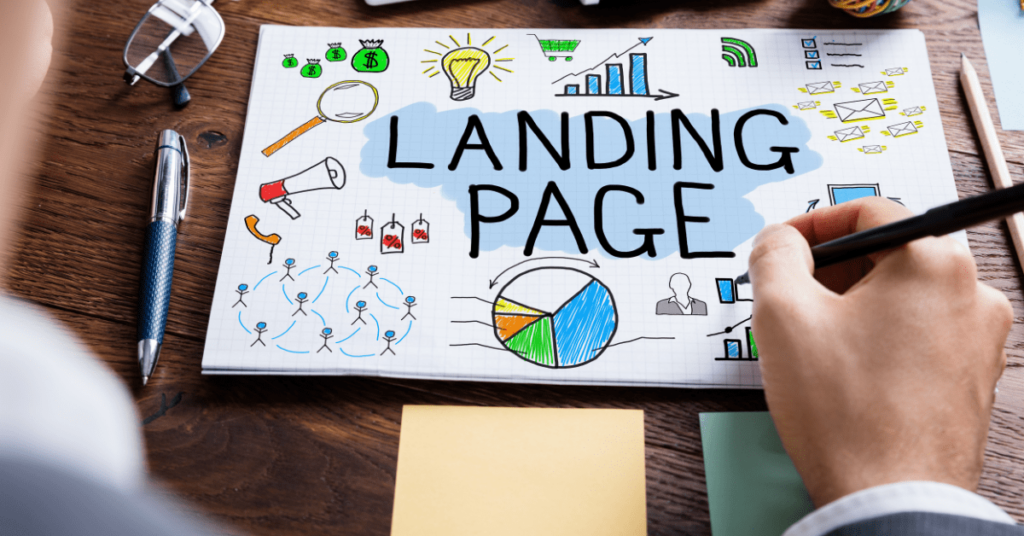
When you want to start designing your landing page, you need to know what is your entire sales process.
Starting from scratch, you should map out your entire value ladder sales funnel before starting to have a look at your user journey.
Think about this, how are you bringing in traffic to your landing page? Do they know you or is this their first visit? Or what is the target for your landing page? Are you running a lead generation campaign or a product launch funnel?
If you are not sure how to start, you can start by spying on your competitors. Go through their sales process and see how they create it. You can do this by going to their Facebook Page and clicking on the Transparency section of their Facebook page. See what they are advertising and clickthrough their landing page and if possible go through the entire sales funnel to see how they are doing it.
A sales funnel is a sales process or simply say a series of pages that guide your audiences from getting into your store to making sales.

A typical sales funnel will have 4 stages – Awareness, Interest, Desire, and Action (AIDA). Each stage focuses on doing one thing and bringing the prospects into the next stage to be closed.
And, throughout the years of creating the sales funnel, we believed the most effective way to create more sales and increase your average cart value is the Value Ladder sales funnel. In the value ladder itself, there are 4 different stages:
Bait.
You offer the potential customer your lead magnet in exchange for their email address.
Frontend.
You offer the potential customer your least expensive and least valuable product or service.
Middle.
You offer the customer a more expensive and valuable product or service.
Backend.
You offer the customer your most expensive and most valuable product or service.
And at the end of the funnel, you can also offer a subscription service/product that generates recurring revenue monthly. This means you only do the sales once, but you will be getting paid continuously every month. In between the funnel, it’s like a logical decision-making flow where people will say yes/no to your offer.

Here, we do recommend adding products for downsells, upsells, and cross-sells to these five core offers in order to maximize your revenue.
The reason why this sales funnel works so well is that it is not a hard sell for your prospects. It allows you to:
- Start the relationship with that person by offering value for free.
- Nurture that relationship by continuing to provide free value via email.
- Build trust by providing progressively more paid value at each stage.
In the end, it is easier to buy something for someone you know and trusts compared to a stranger.
Once you’ve mapped out the experience you intend to create, put yourself in the shoes of your target market. Go through the entire sales funnel as a potential customer. And see what might be the objections that stop them from buying your product.
Then, another important thing that you want to know is your target customer. The only way to convert better is to know everything about your customers. This is what you want to include in your sales copy, offer and landing page.
2. Use a Long-Form Sales Landing Page
When you are trying to sell a product to someone that comes in from your Facebook ads, chances are that they are not aware of you and your business.
Hence, they will need more reasons to buy from you. And since you only have one touch with them, you want to pack everything on your sales page and take the shot.
You only have one shot here. This is why you should design your landing page or sales page to persuade them.
Ideally, you are putting the entire lead nurturing process into a page.
This is different from when you are targeting warm or hot traffic. These people already know you, hence you don’t need to do so much work or provide so much information to convert them.
When you are creating a landing page, you need to focus on the purchase behaviour of your potential customer. And, remember this. People don’t buy based on logic. Instead, they buy based on emotion and justify it based on logic.

Emotion Stage in the Landing Page
The page is straightforward, it starts with an emotion-based compelling headline that you use to catch their attention so that they will continue to read your landing page.
Then, a short video and checkout form to explain your product and complete the purchase. In the video or the first section, don’t focus on the specs of the features of your product. It is not important at this point.
Instead, you should tell them the hidden benefit that your product or service can bring to them. You want to catch them emotionally to make the purchase decision.
Logical Stage in the Landing Page
And then, after they decide to buy, here you give them the logical information about how the product work. This is where you can explain the top features of your product or service that they can use to justify their purchase.
For instance, they might be very interested in buying your product, but their spouse might not agree. This is why the logical information is to help them to justify the purchase and make them more comfortable with the purchase.
Fear Stage in the Landing Page
In the end, if they still have not decided to take action and complete the cart, you show the urgency part of your offer here. It can be a time-limited offer or a limited quantity that they need to take immediate action to claim it.
This is how you build trust and emotion around your product, and then help them to justify the needs with logic and finally create a sense of urgency to get them to complete the sale.
Now the landing page structure is ready, it’s time to focus on the content. The method we will be using is called the hook, story and offer.
So let’s talk about the three critical components of a high-converting landing page: hook, story, and offer.
3. Create Your Hook
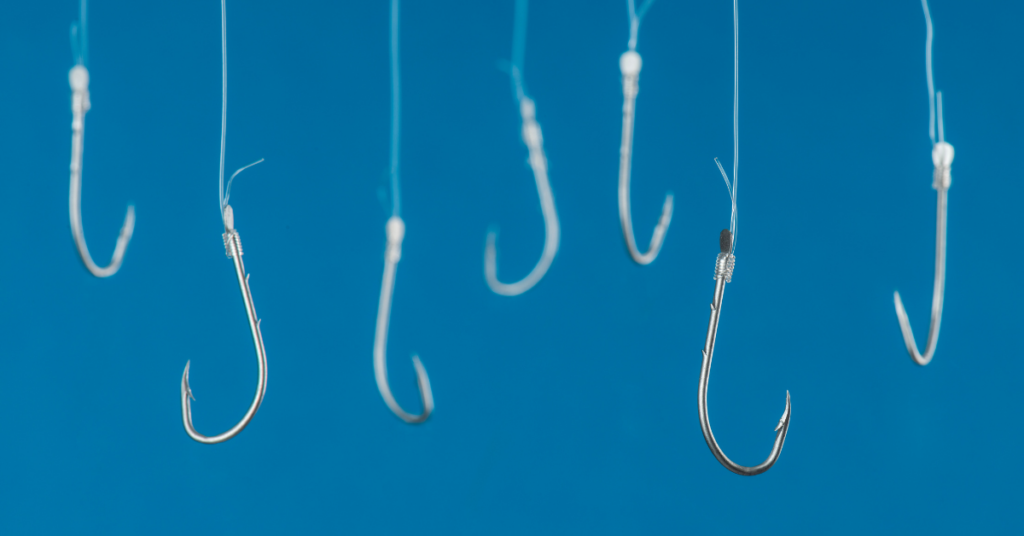
The entire customer acquisition process starts with a hook.
You need to have a hook on your Facebook ad, a hook on your compelling headline and a hook on your offer.
A hook is something to get people to be interested in your content and continue reading your content.
They might be scrolling on social media or searching on a search engine. If your ads don’t make them interested and are able to let them click on them, they will not land on your landing page.
And when they reach your landing page, the first thing they see is the headline. A headline shall be eye-catching and compelling so people will continue reading.
This is because if they are not interested in what you write in your headline, most probably they will just leave your page for good.
To create a hook, you can try to ask yourself a few questions.
- What is your target customer’s ultimate fear?
- What is your product\’s unique selling value?
- What is your product do best?
The goal here is to create curiosity, to trigger some dormant fear, or to make a promise so that they will just want to learn more about what you are going to offer.
You want to create curiosity here, hence you are not going to reveal some of the hidden benefits that they are interested in. All other information will only be revealed on your landing page.
4. Tell a Story
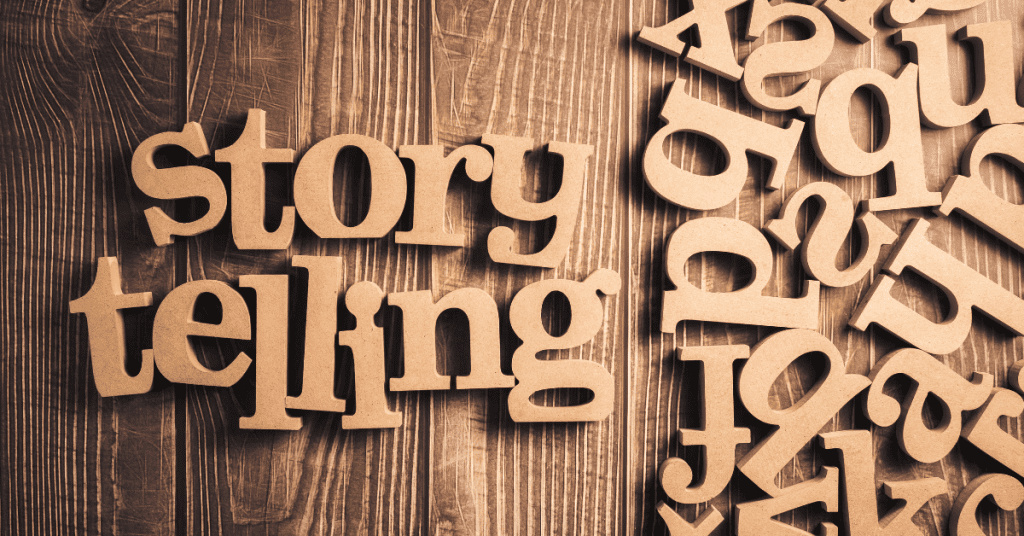
A story is the best way to sell. People only care about what is related to them. A story is like a bridge to connect your product to them.
First of all, people like to listen to stories. Of course, your story needs to be interesting. A story is one of the best ways to share the hidden value of your product and demonstrate how it will benefit from the product.
It can be your own story or a story about your past customers that used your product or service. Or it can be a totally fictional story. But it has to be something reasonable and believable.
You could separate your story into the four-part as below :
Introduce The Problem
You don’t start your story with an introduction of who you are and what you do. Instead, you should start with the problem that your target customers are facing. This is like amplifying the pain that they are having and the struggles that they are facing.
And then, explain that you were in that stage too previously. The key here is to feel relatable. This is because only if you faced the same situation as them, you will understand their feeling. And they will trust you more.
The key here is to let them feel relatable to the story and let them know that you truly understand them. This is how you build the stage for the entire story.
Things Don’t Go As Planned
From where you are at, you are working hard or praying hard that things will go well, but they didn’t. Things started to go worse and eventually, you reach a state where you don’t know what to do or continue.
The new Opportunity and Plan
At this stage, you start to look for a solution to get yourself out of the valley. And after some time, you finally found the solution that can improve your situation. And this is where the transition happens.
You start to follow the plan and try to work out some results that you desired. However, things never go smoothly and you are struggling in the first few weeks to implement the solution and to get results. So, you feel overwhelmed. But as you keep learning and implementing, finally you discovered the way to success.
The Achievement and Transformation From Implementing The Solution
Now, you can share the achievement and transformation after using the product or service. What are the changes that you are having or improvements in your life after implementing it?
And finally, explain what the product is and why they should get that.
For example, if you are selling a weight loss product:
- You start with a health check report that your health is dropping due to increasing of weight and the doctor is asking you to take care of your weight.
- You tried to do some exercise and reduce your food intake but there is less effective. And you are struggling and starving as you are eating less.
- What’s worse is that your weight didn’t reduce after working so hard. You feel depressed and think of stopping your weight loss plan.
- Then one day, one of your friends introduces you to a product that has helped her to lose weight. So you decided to take action and implement the product or the weight loss plan.
- After 1 month of implementing the weight loss plan, your weight is reduced by 5kg. And what’s good, there is no more starving. By following the meal plan, you can still eat while losing weight.
This is a simplified story about how you can create your story based on the script above. Hopefully, it will give you a better idea of how to write a powerful story to sell your product or service.
Mastering the skill of storytelling is important not only to sell your product but is good for connecting with different people.
5. Create an Irresistible Offer
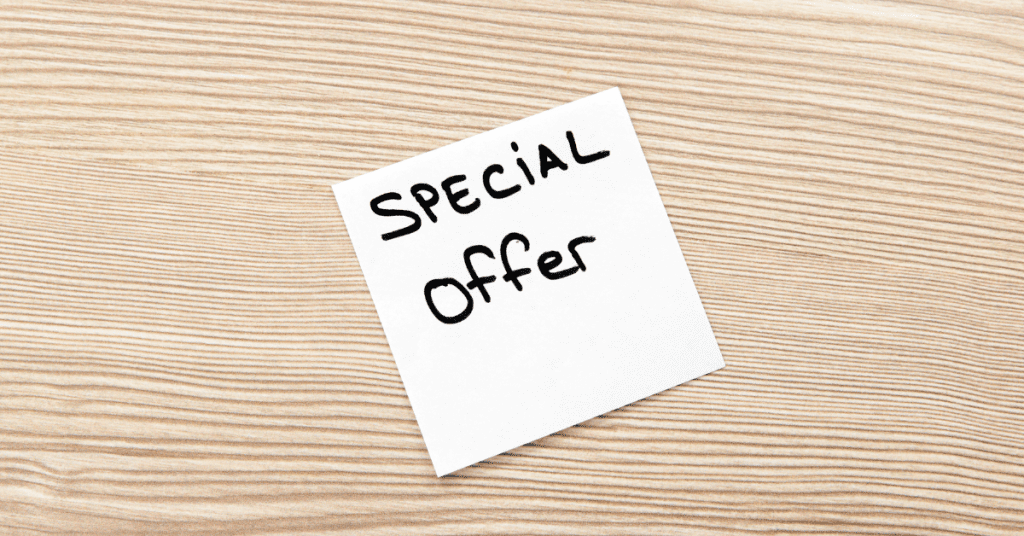
Finally, if you are selling a product, you will soon end up facing a price war as your competitors start selling similar products.
When you are selling a product, it will be a commodity when others are offering the same product. And people will be buying based on price.
This is why you need to create an offer. To be exact, an irresistible offer.
How?
Together with your main product, you need to add some free bonuses to make it an offer. This is how you create additional values for them to buy from you. An offer that they cannot say no to.
To do this, we normally suggest bundling with a digital product.
Why?
It’s free to reproduce and fulfil. And the perceived value is way higher than your cost. It will let them feel like for every dollar they spend, they are getting $10 back in value.
The more value you provide people, the higher your conversion rate is going to be.
Final Thoughts – 5 Tips To Build A High-Converting Landing Page For Your Ads
Creating a high-converting landing page is an essential part of any advertising campaign.
It’s also something that takes time, trial and error, and lots of testing.
But, when done correctly, it can be incredibly powerful — taking your advertising efforts to the next level.
Follow the five tips above to ensure you create the highest-converting landing page possible!
